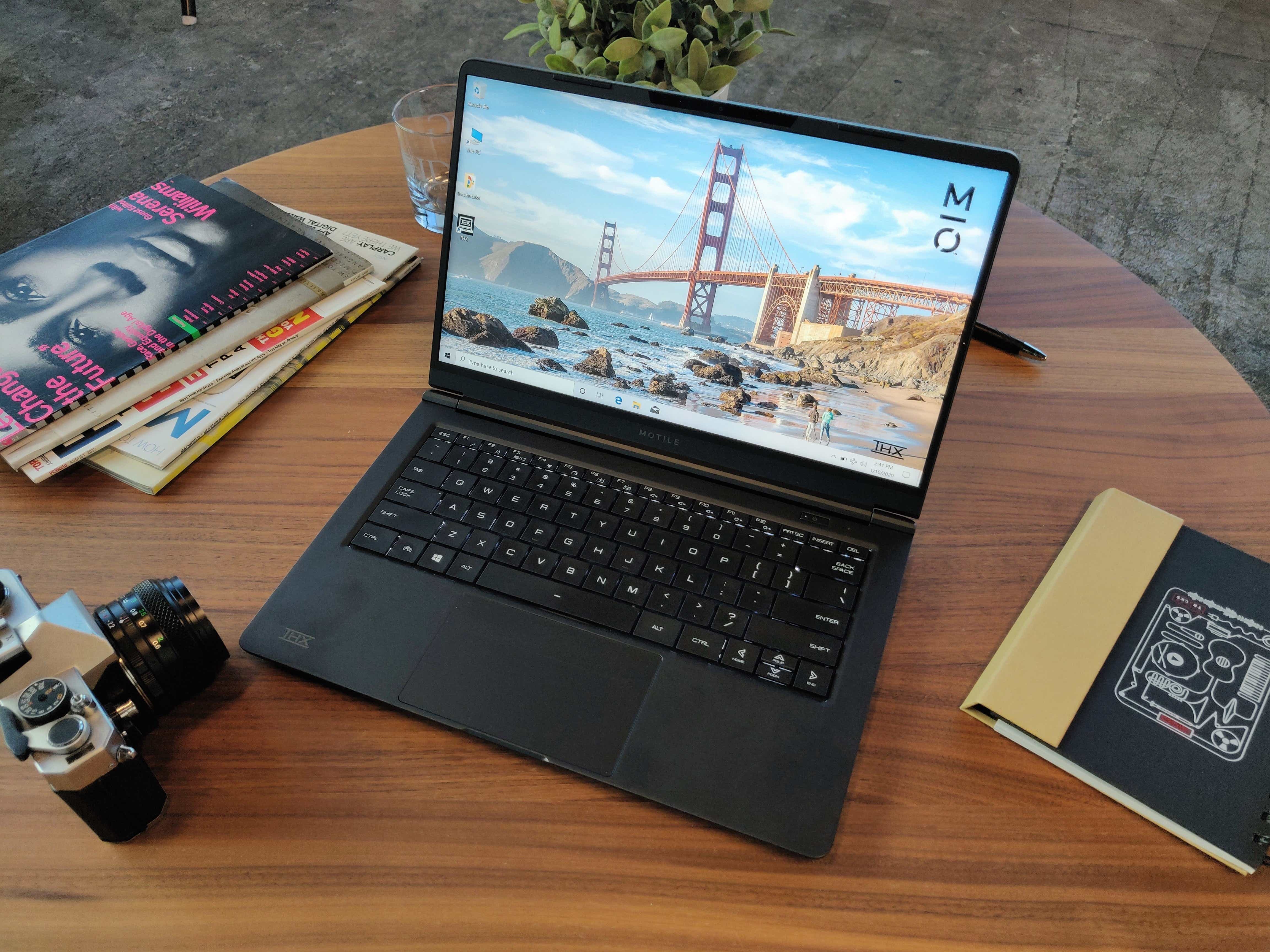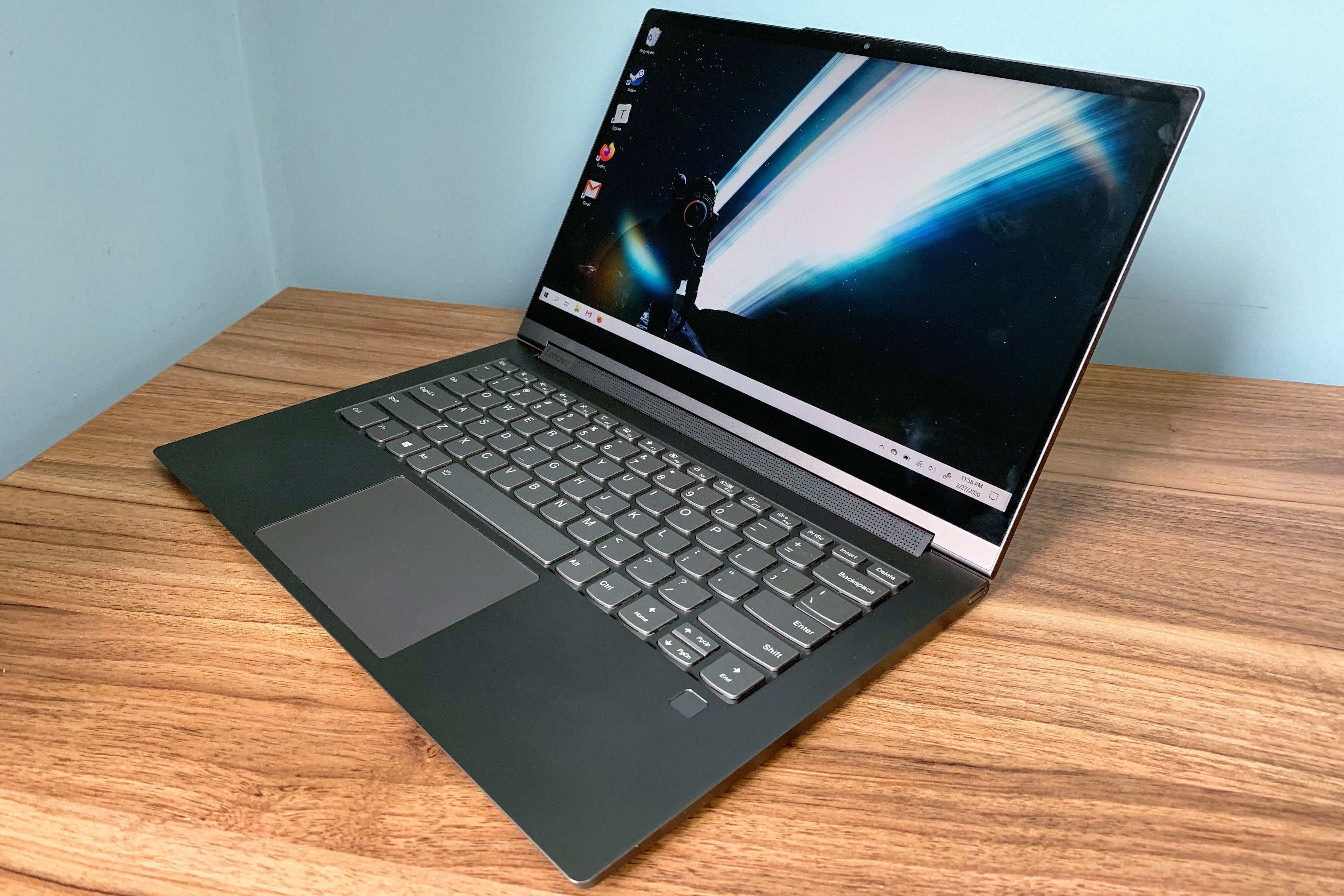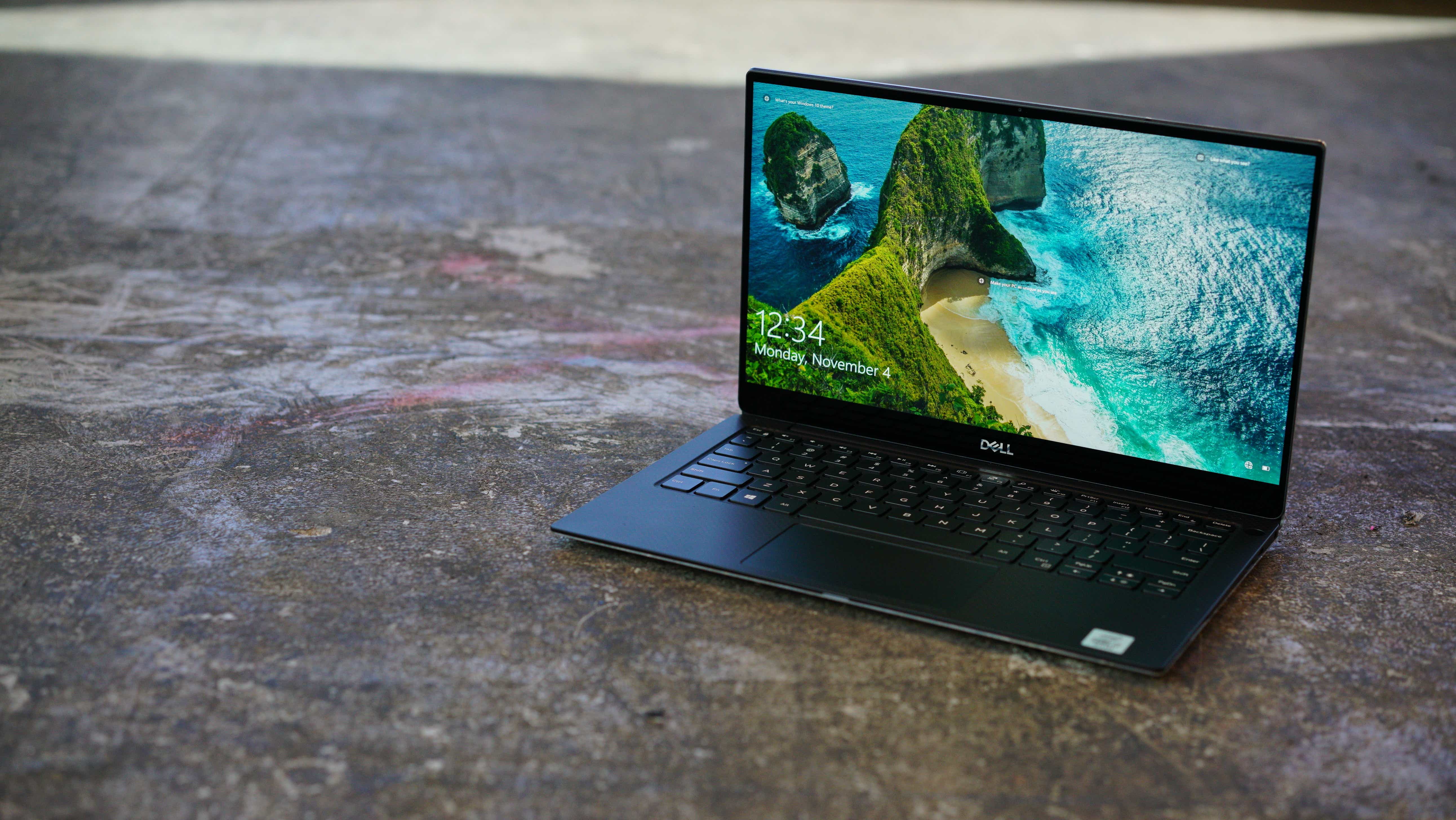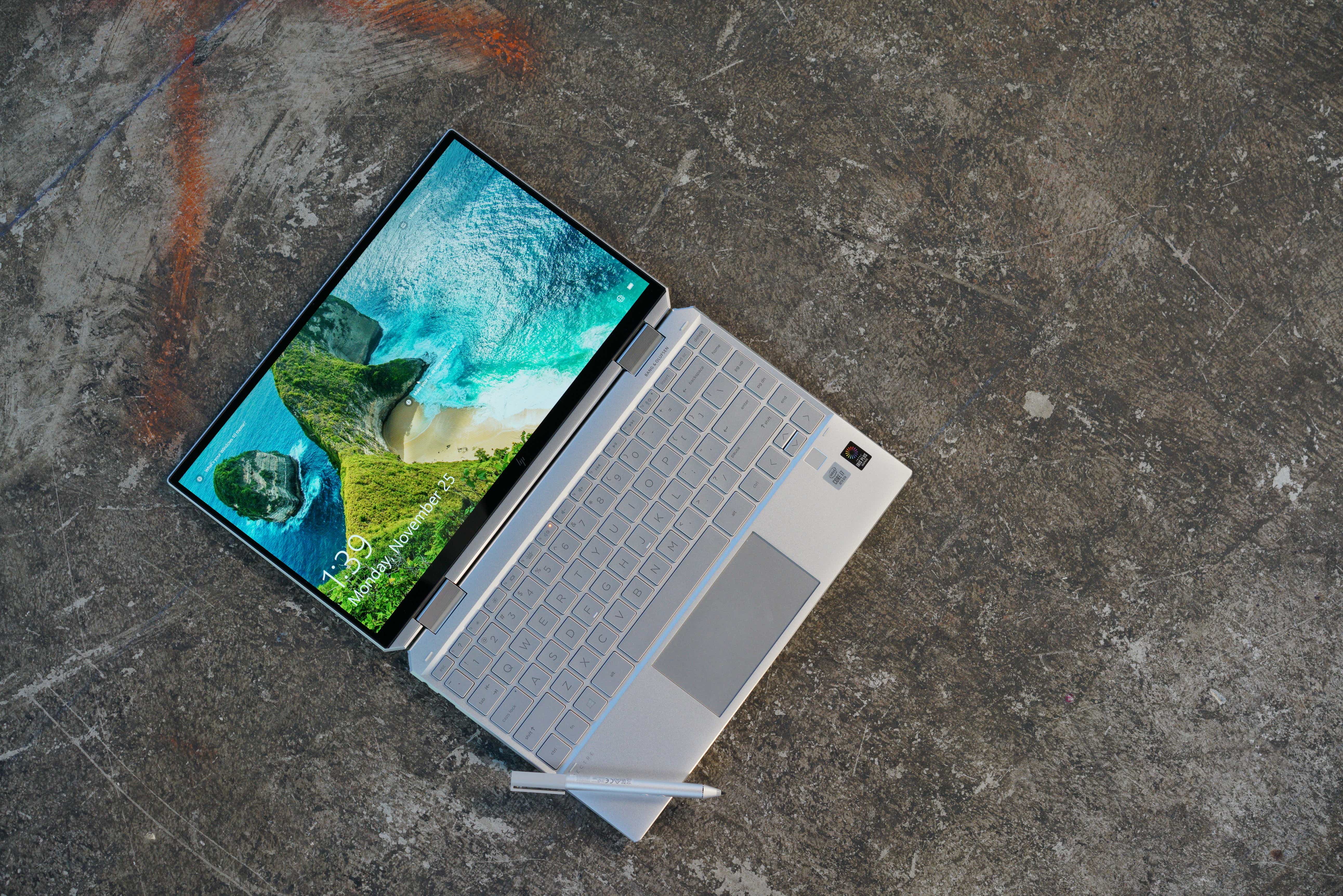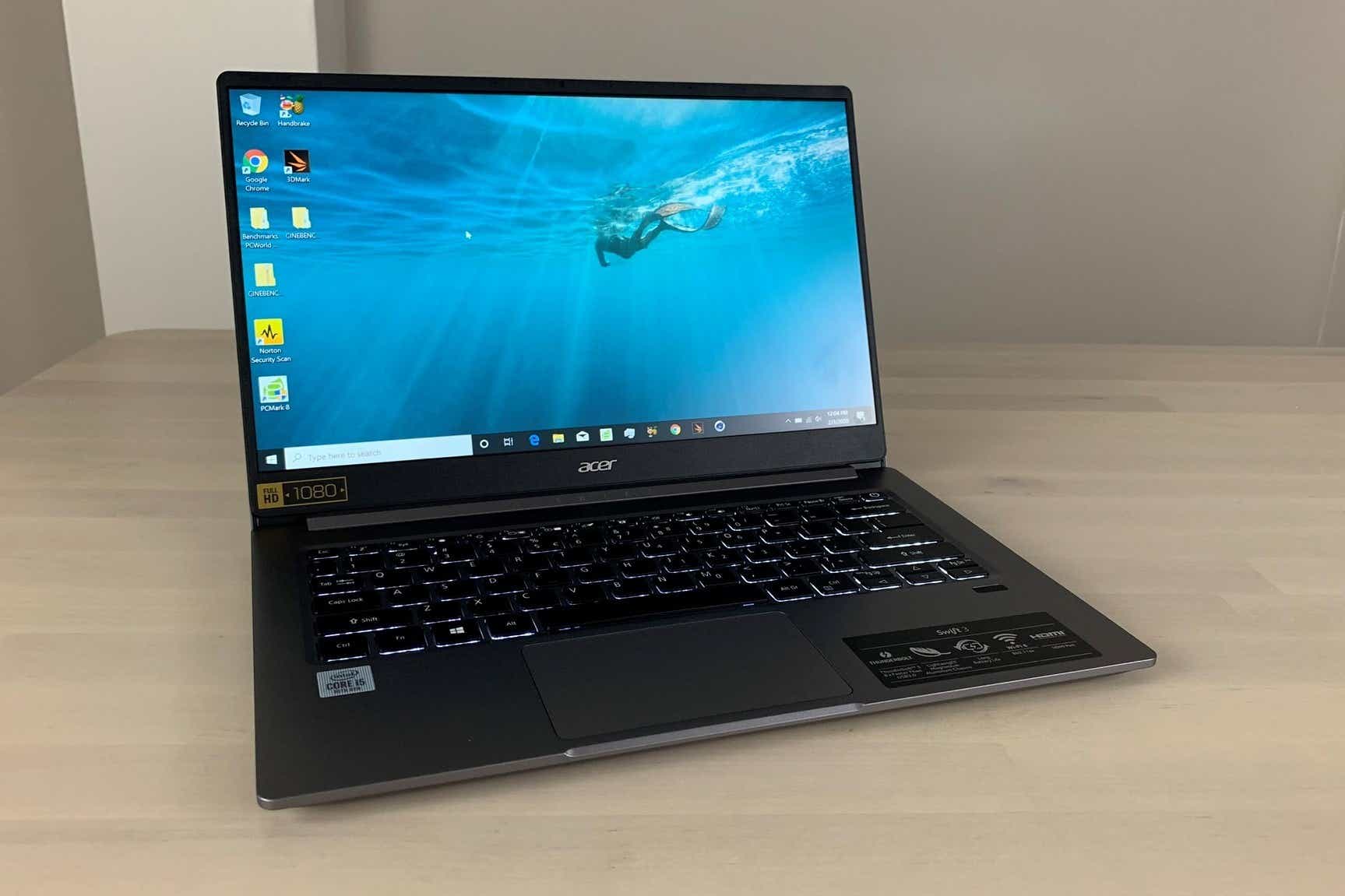The best laptops for working from home don’t have to be expensive. Models costing as little as $500 offer the features you need to work efficiently and stay connected with coworkers. That said, if you have the budget, some higher-end laptops could provide better experiences and be smarter long-term purchases. We’ll make some specific product recommendations for great work-at-home laptops, and also walk you through the features you need so you can shop anywhere and find the best deal for you.
Note: Because of the mass shift to working from home to combat coronavirus, laptops are flying off online shopping sites and local store shelves. We’ll do our best to recommend products that are in stock, but pay close attention to ship dates (which are becoming a moving target), and be prepared to keep looking if your first choice is no longer available.
What you need on any laptop to work from home
You don’t necessarily need to spend a lot on a laptop to work effectively from home, but you do need to make sure your machine has certain features to keep you productive and connected.
We’re even including a Chromebook among our top picks (above), because Google’s Pixelbook Go (starting at $649 from Google) is the best balance of features and affordability that we’ve seen so far. Unless you have a stubbornly Windows-only application you have to use, you can do everything else on this capable, midpriced Chromebook.
Here are the specs to look for while shopping:
CPU: An 8th-gen or younger Intel Core i5 ‘U’
AMD and Intel are both coming out with new mobile CPUs this year, but mainstream users won’t need the latest Ryzen 4000 or Comet Lake H chips. For everyday work, an Intel 8th-generation or 10th-generation Core i5 ‘U’-class CPU offers the best balance of performance and power efficiency. Lower-end Core i3 ‘U’ siblings might be too slow, and higher-end Core i7 ‘U’ chips would be nice to have, but aren’t necessary.
You should start to see better deals on laptops with 8th-gen CPUs, because they’re older—but still very worthy!
Specific 8th-gen CPUs to look for: Core i5-8250U, Core i5-8265U
Specific 10th-gen CPU to look for: Core i5-10210U
A fancy GPU? Nice, but not necessary
Mainstream productivity apps like Office and browser-based apps do not require a discrete graphics chip—also known as a GPU. The “integrated” Intel HD or UHD graphics that come with mid-range CPUs like Intel’s Core i5 U-class will suffice for basic work-from-home tasks.
However, if you want to play games (well, low-end games), you could opt for a laptop with Nvidia’s low-end MX150 or MX250 GPU, or go with one of Intel’s 10th-gen CPUs that come with Intel’s peppy Iris graphics.
Finally, a full discrete GPU like an Nvidia GeForce GTX will let you play mainstream games at a decent clip. But now we’re getting into “gaming laptop” territory (go here for our gaming laptop recommendations).
Webcam: A must
When you work from home, you’ll likely end up doing a lot more videoconferencing. Most laptops offer an integrated webcam, and most of those webcams are 720p resolution, which is sufficient for showing your face in Skype or Zoom.
Some 720p webcams work better than others, though: Apple’s solution is surprisingly subpar and is still showing up in the new MacBook Air, which starts at $999. Meanwhile, Dell’s XPS 13 and XPS 15 have a 720p webcam with a four-element lens for sharper video.
If you need a 1080p webcam, remember that higher-resolution video creates bigger files, and applications like Zoom and Skype have to compress the file anyway to manage bandwidth demands. A small subset of mostly higher-end laptops offer 1080p webcams standard, including the HP Spectre x360 13t.
Memory: At least 8GB of RAM
For running mainstream productivity applications and a bunch of browser tabs, your laptop should have at least 8GB of RAM. Do not be tempted by lower-end models with just 4GB. If you can afford a model with 16GB, that upgrade would be well worth considering.
Storage: At least a 256GB SSD or 500GB hard drive
Ideally, you’ll be able to choose a 256GB or higher-capacity SSD, as this newer storage type is faster than traditional spinning hard drives. However, we wouldn’t recommend any SSD smaller than 256GB, unless you store everything in the cloud.
If you store a lot of data (or games) locally, a hard drive will offer more capacity for the money. It’ll just be slower.
Keep an eye out for laptops using Intel Optane Memory as a supplement to the installed storage. While it originally appeared as a way to boost the performance of traditional hard drives in low-end laptops, more recently we’re seeing it in higher-end laptops with SSDs. Check it out in these laptops:
- HP Envy x360 15t (starting at $1,000 on HP.comRemove non-product link)
- HP Elite Dragonfly (starting at $1,961 on HP.com)
Display: At least 14 inches with 1920×1080 pixels
The display is one of the most expensive parts in any laptop, and the component vendors often skimp on to hit a price point. Luckily, the sweet spot for laptop displays is also the best for work: A screen measuring 14 inches or 15 inches diagonal, with a resolution of 1920×1080 (1080p). If possible, choose a taller, 4:3 aspect ratio display, which will give you lots of vertical space for spreadsheets and documents (as opposed to the wider 16:9 aspect ratio, which is better for watching videos).
You could get away with a 13-inch display—we recommend a few laptops with this display size in this story. You’ll start to feel cramped quickly if you work a lot in spreadsheets, though. A 17-inch display gives you lots more space, but the laptop will be larger and heavier.
Ports: HDMI, audio, and USB
 Ben Patterson/IDG
Ben Patterson/IDG
This is a great selection of ports (from the Acer Aspire 5 A515-54-51DJ): ethernet, HDMI, two USB-A, and USB-C—and this is just on the left side of the laptop.
A laptop with a limited port selection will drive you crazy while working from home. Sure, if your laptop is so thin and light that it offers a scant USB-C port or two, you could buy a USB-C hub to expand your options. But you’ll be happier with dedicated ports, so look for a laptop with these basics:
- At least one, but ideally two USB-A ports for legacy devices (keyboard, thumb drives)
- At least one, but ideally two USB-C ports for current storage and display connectivity
- HDMI port for connecting a display
- Audio jack for connecting a microphone or headphones
- If you take a lot of photos with a digital camera, an integrated SD card slot would be convenient as well.
The best laptops for home use are versatile
When you’re working from home on a laptop, versatility wins. That’s why we recommend solid mid-range features like Intel U-class CPUs and generous servings of RAM, storage, and ports. Shop wisely, don’t be dazzled by things you don’t need, and enjoy a laptop that can serve you well, day in and day out.

